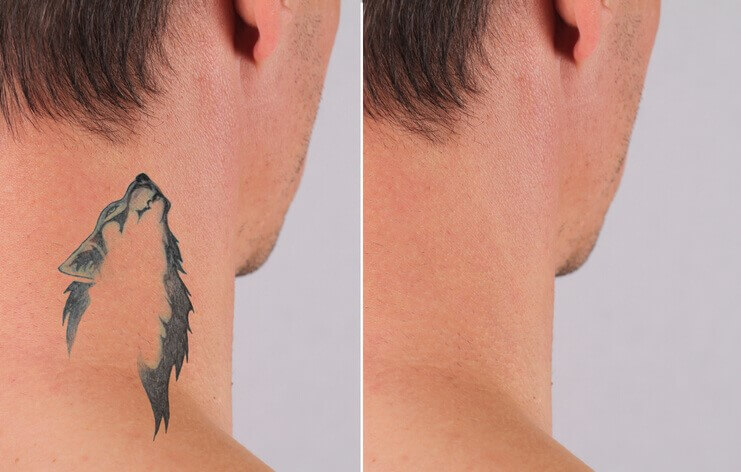What happens after your Laser tattoo removal session matters just as much as what went down in the clinic. The right aftercare can mean faster fading, fewer sessions, and a lower risk of scarring. Ready to make every zap count? Here’s how to give your skin the recovery it deserves.
First 24 Hours
Right after your session, your skin is going to feel sensitive. It might sting, swell, or look red and frosty. That’s completely normal. Your body has just experienced controlled laser trauma, and now it needs to recover.
The first step is cooling things down. Applying an ice pack wrapped in a clean cloth can help soothe the area and reduce swelling. It’s important to avoid direct ice contact, which could irritate your skin further. For most people, a cold compress for ten to fifteen minutes every hour or two does the trick.
You might also notice some frosting, which is a white or grayish appearance caused by carbon dioxide being released during treatment. This goes away quickly, so no need to panic. The key during these early hours is to avoid any friction or pressure. That means no tight clothing over the area, no touching, and definitely no scratching.
Day Two to Day Five
By the second day, your tattooed skin might start developing a scab or blister. This is a sign that your immune system has kicked in, and healing is in full swing. While it might look a little gnarly, resist the urge to pop or peel anything. Picking at scabs can lead to scarring or infections and could disrupt the ink removal process.
Cleaning the area gently with lukewarm water and fragrance-free soap once or twice a day is enough. Pat it dry with a soft towel, and avoid rubbing. After cleaning, apply a thin layer of healing ointment or prescribed cream. This keeps the skin hydrated without smothering it.
Week One to Week Two
Around the one-week mark, things start to settle. Scabs may begin to flake off naturally, and the area may appear lighter, darker, or patchy. This inconsistency is completely normal. The real ink fading happens beneath the surface and over time.
This is also the phase where your commitment to aftercare really pays off. Sun exposure is one of the biggest threats to healing. The treated area should stay completely out of the sun for at least two weeks, and ideally even longer.
If you absolutely need to go out, wear loose-fitting clothing that covers the area. Once the skin is no longer broken, you can begin applying sunscreen to the area. Choose a broad-spectrum sunscreen with an SPF of 30 or higher and reapply frequently.
Exercise and Lifestyle During Recovery
While light movement is generally okay, high-intensity workouts or anything that makes you sweat excessively should be avoided for at least a few days. Sweat introduces bacteria and moisture that can delay healing or lead to infection.
Likewise, try to avoid hot tubs, pools, and long hot showers for the first week. These environments increase the risk of bacterial exposure and can soften scabs prematurely.
Long-Term Care Between Sessions
Tattoo removal is not a one-and-done kind of treatment. Most people require six to ten sessions spaced about six to eight weeks apart. What you do in those in-between weeks can make or break your results.
Avoid re-treating the area too soon. Your skin needs adequate time to heal, and rushing into another session too quickly can damage your skin and delay progress. Keep up your aftercare routine consistently between sessions and don’t let your guard down just because the redness fades.
When to Call for Help
While complications are rare, it’s important to recognize when something isn’t right. If you notice excessive swelling, pus, a foul smell, or spreading redness, it could be a sign of infection. Similarly, if you develop intense pain or a fever, it’s best to reach out to your technician or a medical professional.
The Bottom Line
Laser tattoo removal aftercare isn’t overly complicated, but it does require consistency and patience. Think of it as teamwork between the laser, your immune system, and your skincare habits. When all three are in sync, you’ll see faster fading, better skin recovery, and a smoother overall experience.
So if you’ve just had a session or are planning one soon, commit to the healing phase just as much as the treatment itself. After all, what you do after the laser leaves your skin could be the key to how well your tattoo disappears. Happy Healing 🙂
